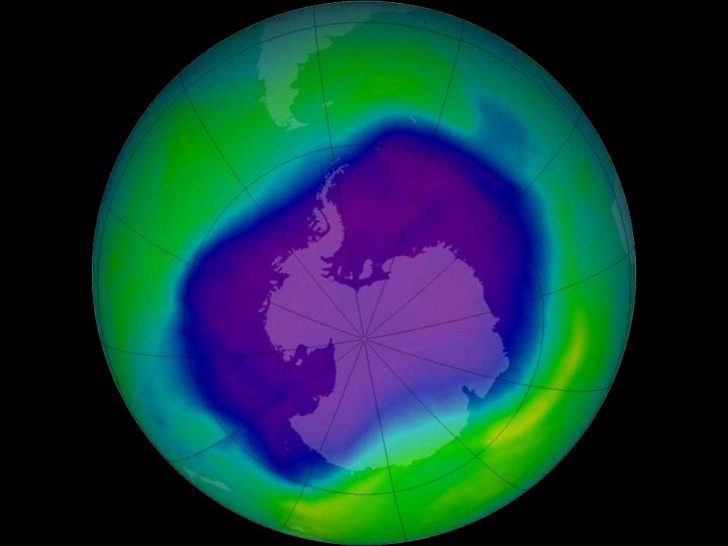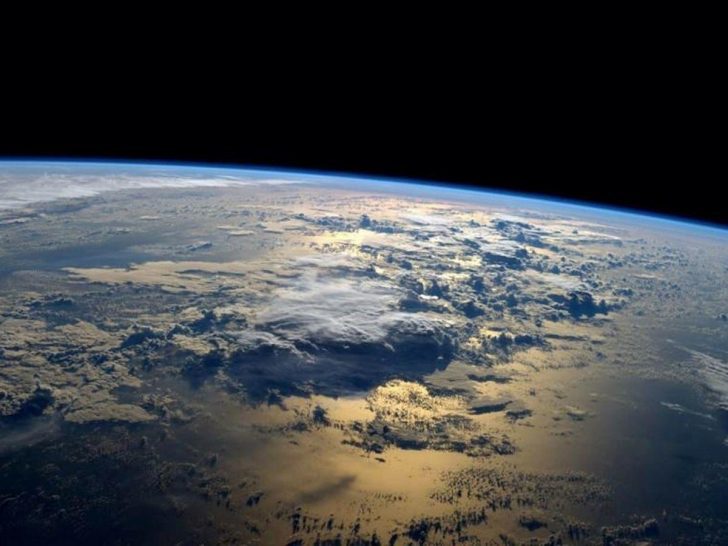The world’s ozone hole was a landmark scientific discovery of the 1970s. Jonathan Shanklin, who was the leading think tank behind the discovery, worked exclusively on an uncertain project. As a meteorologist, he was perplexed that there was something wrong with the planet. The driving factor behind his worthwhile discovery was his curiosity that ozone layers were beginning to drop. Fast forward to 1985, Shanklin came to the conclusion that the planet’s ozone layers were getting thicker.

National Geographic / The discovery of the world’s ozone hole was “Shocking and agonizing,” said Jonathan Shanklin following the discovery in 1987.
As the research continued, officials did not believe what Shanklin had discovered. The fact that the ozone layers were gradually thickening above Antarctica was unbelievable to researchers. However, later on, in 1986, his peers agreed with Shanklin’s discovery. Together with his peer researchers, Brian Gardner and Joe Farmer, Shanklin published the discovery. This landmark discovery became popular as an ozone hole.
Following its publication, news broke out across the globe. The threat that the thickening of the ozone layer can destroy human life on earth spread across the planet like wildfire in a jungle. Scientists across the globe mobilized. Hundreds of governmental and non-governmental organizations collaborated in an unprecedented way. All of these were taking necessary steps to combat what was then known as “A worrisome global crisis.”

India Times / The world’s ozone hole was a threat to human existence back in the 1990s.
The Fear of Ozone Hole was Felt in the 1950s
Before Shanklin had started the project of finding out the mystery as a professional meteorologist, there were other researchers who had the same gut feelings. For example, F. Sherry Rowland and Mario Moina were two scientists who had contributed to the understanding of ozone layers and their mechanisms. They had also pointed out the risks of mass destruction if ozone layers malfunctioned. They published a masterpiece publication called CFCs Could Destroy the Earth’s Ozone Layers in the Stratosphere.

European Commission / For the landmark discovery of the ozone hole, the researchers were awarded the Nobel Prize in 1995.
However, the publication became a matter of heated debate as numerous scientists came forward and challenged this hypothesis. Although the theory was later ousted as vague and plausible, the study set out the cornerstone of the landmark discovery of the world’s ozone hole.
Nonetheless, Shanklin’s discovery of the ozone hole shared acute similarities with the previous research work of Mario and Rowland. The meteorologist argued that this previous research had a key role in the discovery.
Similarly, another renowned scientist and chemist, Susan Solomon, had contributed to the discovery later in 1988. “It was the leading misery for all scientists across the planet,” she argued. She conducted an all-encompassing and presented a threadbare analysis of the ozone issue in Antarctica. Furthermore, she discussed the mechanism of ozone layers and unearthed the reasons behind the thinning of the ozone layers above Antarctica.

